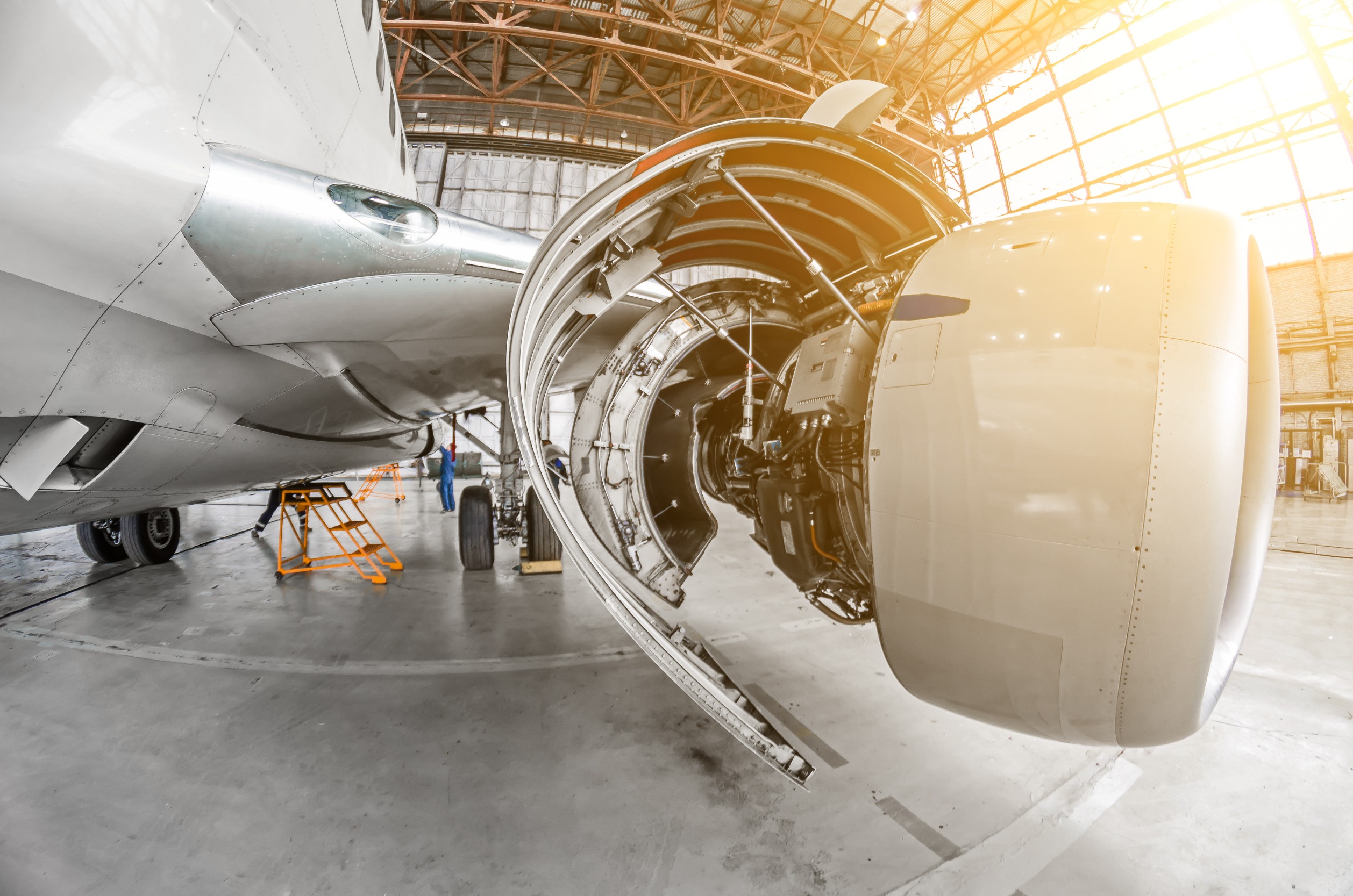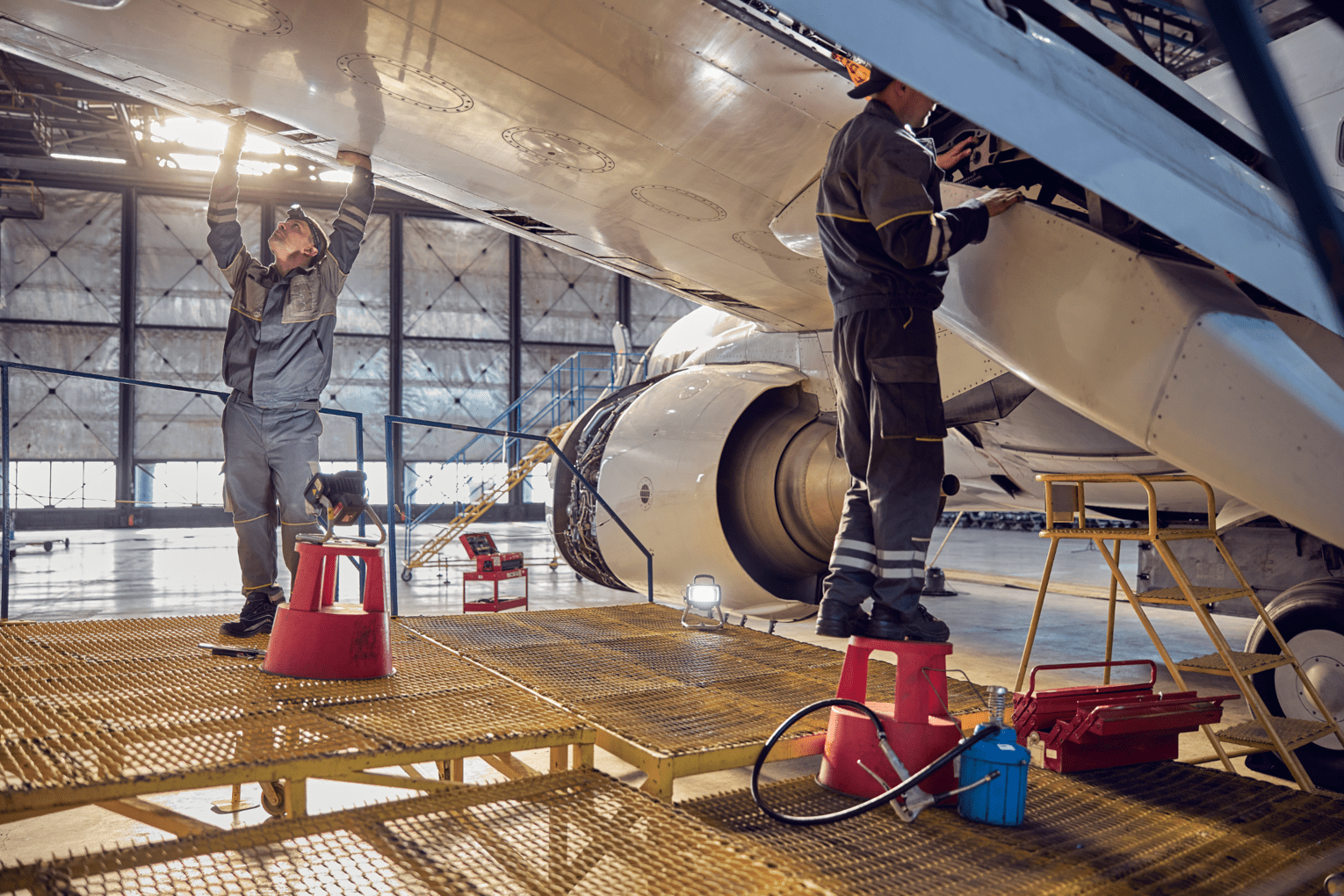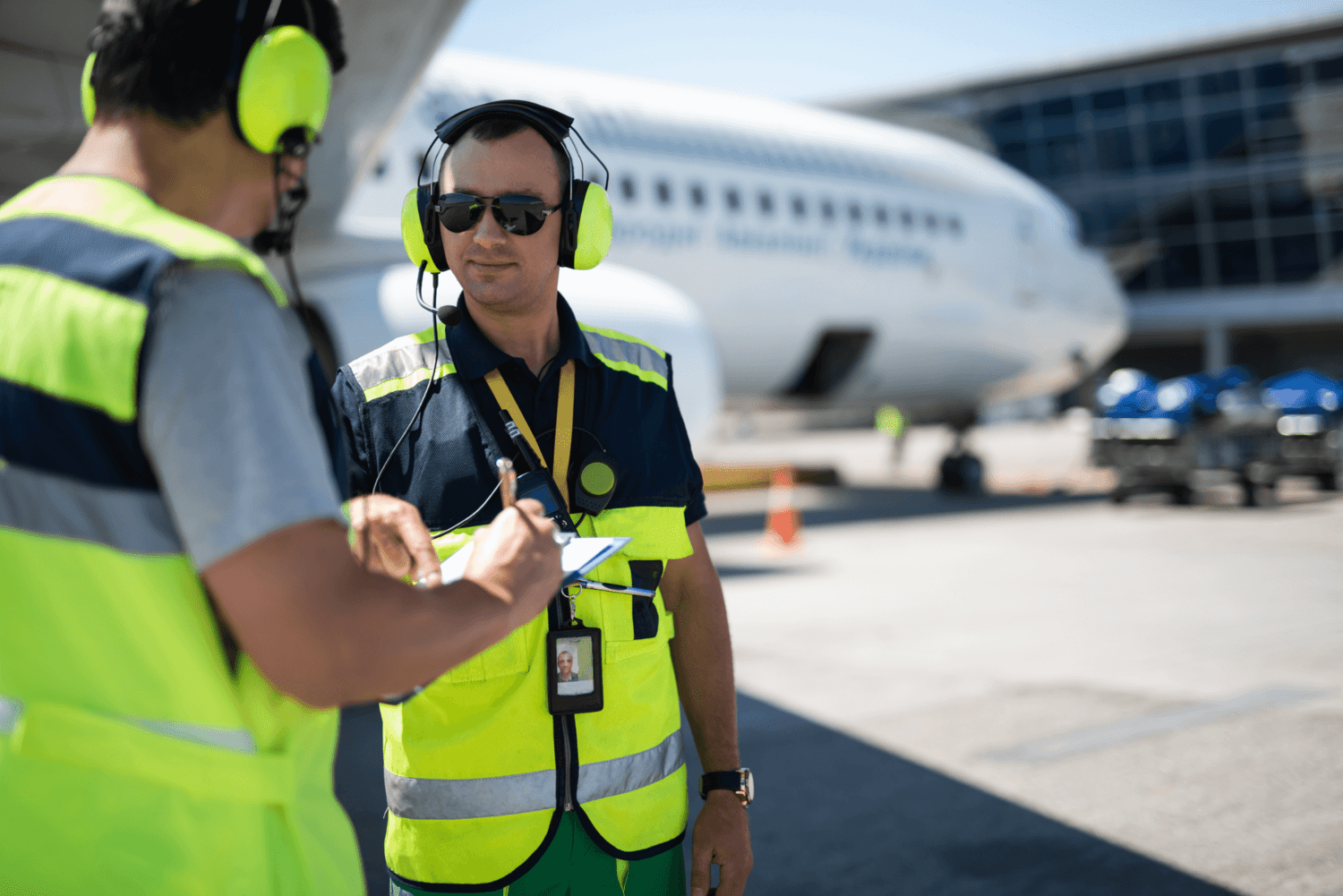
Release date : 2020-09-09
Unmet demand: where surplus aircraft parts can’t reach
The influence of the aftermarket services on today’s commercial aviation industry is undeniable. The data provided by ICF SH&E indicates that the spare parts market has grown by over $5 billion in 12 years’ time and now accounts for almost half of $56 billion worth MRO market. Moreover, with early aircraft retirements affecting the aftermarket, the carriers are increasingly adopting an active surplus materials strategy to become less dependent from the OEMs. However, operators of some popular aircraft types are less lucky than the others.
If in the 2001 the aviation serviceable parts market was worth about $11 billion, with just 10% claimed by surplus parts, today surplus parts account for about 18% of a $15 billion market, and the share could climb to 20% by 2015. According SH&E, as the useful life of various aircraft models continues to get shorter, the share of surplus parts being sourced directly from part-outs currently reaches about 82%. Meanwhile, while surplus parts are making their mark, demand is not being met on some of the most popular models, including the B777 and its GE90 engines, and the B737NG.
If in the 2001 the aviation serviceable parts market was worth about $11 billion, with just 10% claimed by surplus parts, today surplus parts account for about 18% of a $15 billion market, and the share could climb to 20% by 2015
According to Zilvinas Sadauskas, the CEO of Locatory.com, a lack of B777 surplus parts in the aftermarket should raise no eyebrows: “On the one hand, the aftermarket for the type still hasn‘t been able to form – spares and components of these aircraft are simply disappearing, since the manufacturer‘s tightening control affects the spares‘ pricing and availability. At the same time, long-haul aircraft experience less overload due to less landings and other factors, and thus only a few of them, if any, have been torn down for parts, since they are simply too expensive.”
AWIN data indicates that due to the popularity and durability of the model, of more than 1 000 B777s delivered, only five have been scrapped or written off. Therefore, currently only 20% of B777 inventories may be found on the open market. Meantime, the situation for the B737NGs is a bit different. At the end of 2014 almost 40 737NGs at an average age of 12 years have already been forced into a premature retirement with an objective to benefit from the spare parts sales. Nevertheless,while some of the younger B737NG models have been recently torn down, allowing for the used material to hit the market, much of it simply has too little useful time left, thus not resolving the deficiency, states the CEO of Locatory.com
Nevertheless, according to the executive, the situation can be expected to change in the nearest future. As more airframes age and the 777x moves from the paper-airplane stage to the production lines, more and more popular widebodies will eventually hit the aftermarket. “The same is true of the 737NG as well. As the 737MAX’s planned entry into service, slated for 2017, gets closer, and aircraft with a higher concentration of significant green-time parts are broken up, the drought in the aftermarket fill probably come to an end. As usual, all the industry has to do is simply wait for a little longer,” concludes Mr. Sadauskas.


